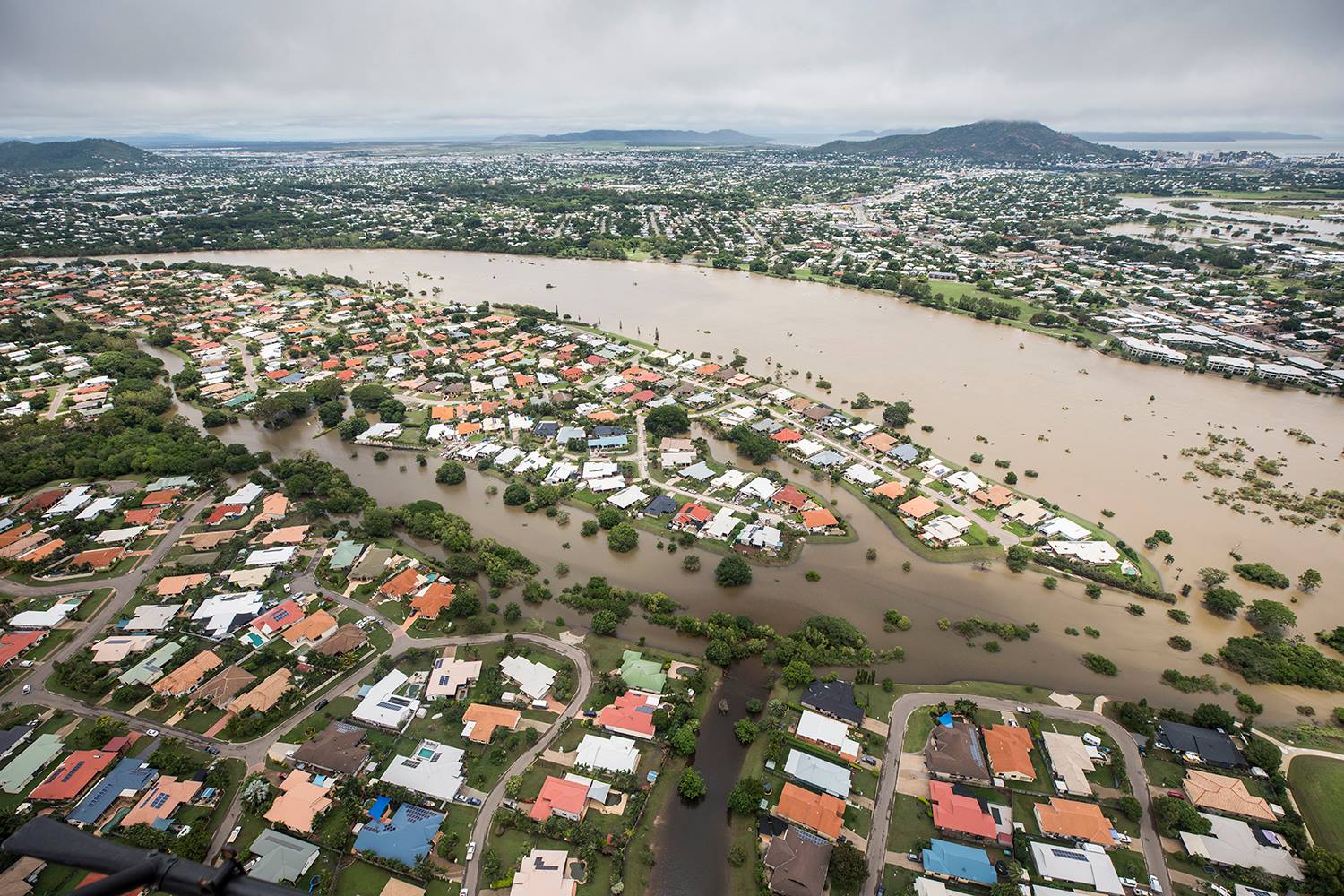Dugald River is one of the largest known zinc-lead-silver deposits on the planet, but the complexities of this show-stopper of an ore body could have proved a hurdle to development.
MMG had completed fi nancing arrangements for Dugald River’s development back in 2013, in addition to completing more than 14,000m of underground mine development, building a 100-person camp on site, access roads and placing orders for long lead time equipment.
But the project was placed on hold after further analyses and test work revealed more challenging conditions than previously appreciated.
“The ore body wasn’t a single plane – it had been moved about by a number of intersecting faults and obviously more delineation drilling had to be undertaken to try to define it,” Dugald River mining manager Neal Valk said.
“That showed that it was very complex and they couldn’t really work out how it fitted together structurally.
“It also has a series of fl at-dipping 20-degree faults that run across the ore body to the west and they have moved it around as well and made it pinch.
“Also the ore body at some depth, where it was thought to be wider, was actually folding.
“All of those complications sparked the decision in 2014 to carry out trial stoping at the top of the mine.”
The work was undertaken between March 2014 and March 2015, when about 460,000 tonnes of ore was mined out of 19 stopes.
Mr Valk said the trial stoping was focused on gaining an understanding of hanging wall and footwall behaviour, the complexity of the faulting, levels of stope ore recovery and mining methods.
“Different stope sizes were set up on five levels – generally a short strike length, and backfilled with cemented rock fill (CRF).
Measurements were taken on ore recovery, fragmentation, dilution and hanging wall movement,” he said.
“Then longer strike lengths were mined to see what effect that had, and even double–lift stopes were extracted to see how the hanging wall behaved.”
The ore produced was crushed and trucked to Century mine, where it went through the zinc concentrator – adding to MMG’s knowledge of what sort of recovery rates and reagent usage could be expected when treating the Dugald River material.
Among the challenges at Dugald River is the issue of levels of carbon mined with the sulphide ore.
“So not only are we getting waste rock in our ore, the waste rock is carbon or graphite which the plant needs to clean out of the process prior to treating all the sulphides, so there’s a carbon cleaning circuit there,” Mr Valk said.
“It’s nothing dramatically unusual, just another challenge that we have as part of this ore body – the dilutant for us is carbon.”
On the up side, there are no groundwater problems at Dugald River and the ground is not particularly hard or abrasive.
“In early 2015 when the trial stoping was completed and the results were collated and analysed, it was deemed that development would continue in the mine and that efficient stoping would be achievable,” Mr Valk said.
“The results were not so unmanageable that we would not be able to continue with it.
So even though we have the faulting and the graphite, it could be managed sufficiently to mine continuously.”
In July 2015 MMG announced approval of the updated development plan for the Dugald River zinc project and in June 2016 came news of a financing deal to allow it to proceed.
Dugald River boasts a measured resource of 8.9 million tonnes at 13.3 per cent zinc and 2.3 per cent lead, an indicated resource of 26.7 million tonnes (12.5 per cent zinc/2.1 per cent lead) and an inferred resource of 25.8 million tonnes (11.8 per cent zinc/1.7 per cent lead). There is an expected life of mine of more than 25 years.
The portals for the underground mine were established in February 2012 and the north and south declines both reach 500m below surface.
Mr Valk said the team at Dugald River had been ramping up underground development from April this year to a rate of about 880m a month and stoping began in June.
“We have mined a number of stopes to commence our stoping fronts and that means we can mine from four different areas to get to a rate of around 70,000-90,000 tonnes a month of stope ore in early 2018,” Mr Valk said.
The mine is expected to reach a production rate of 1.5 million tonnes per annum during 2018 and continue to ramp-up to 1.7Mtpa from 2020.


